Autumn Fungi of the Styx Valley
We had a guest from overseas and between them and our kids, the excitement of our Styx valley visit was understandably focussed on the tall trees.
Just over an hour's drive from Hobart, near the town of Maydena, the Styx "Valley of the Giants", is Earth's tallest hardwood forest.
Eucalyptus Regnans - (roughly translated - 'King of the Eucalypts'), are the dominant Eucalypt trees of the Styx forest. These trees can live for over 400 years of age and grow to a stunning 100m in height.
As we reached the grove of giant trees, we were transfixed.
Equal to the Californian Redwoods in their grandeur and scale, they are a mesmerising sight to see rise above the rainforest below.
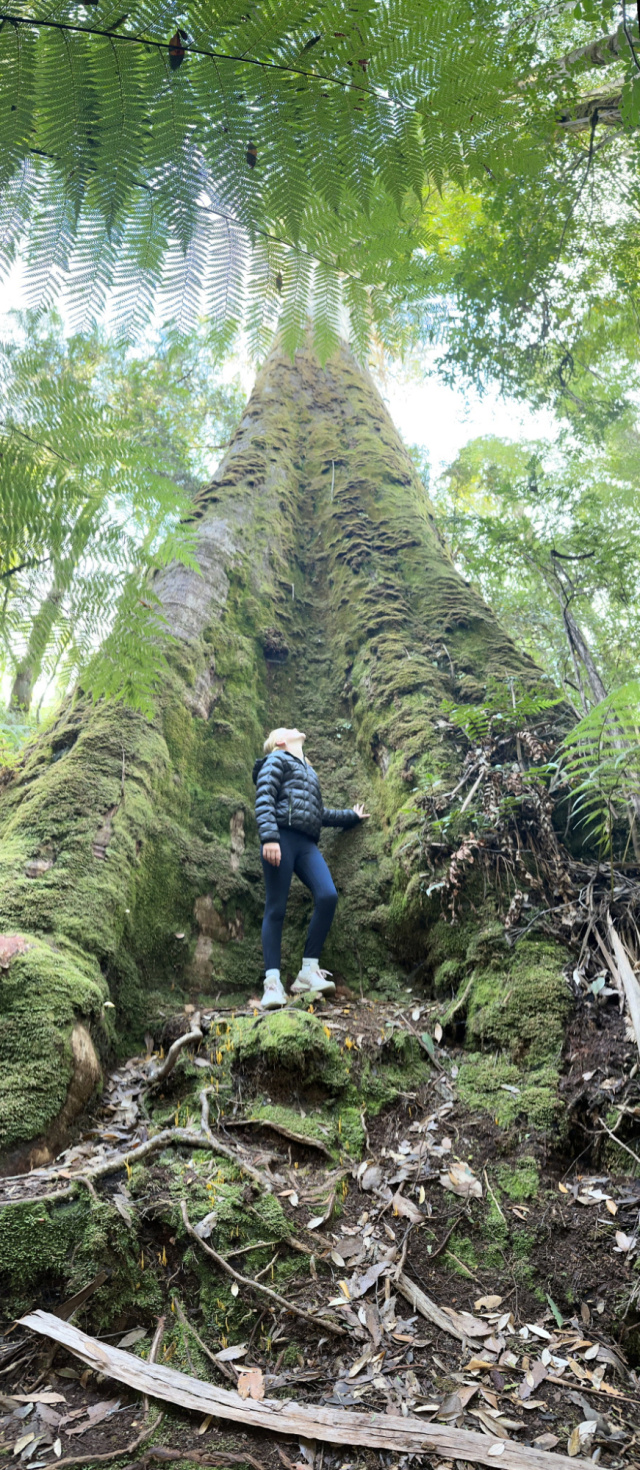
It was a beautiful little constellation of orange fungi.
We all knelt down to look closely, fascinated by how such a bright flash of colour could arise from the forest floor, as if by magic. The rounded shape of each one seemed perfectly crafted. You half expected a fairy to hop out from underneath them.
The Styx valley is part of the wet moist wild landscape of Western Tasmania, and as such, encompases a rich multi-layered rainforest ecosystem under the towering Eucalypts above.
This includes an amazing diversity of fungi, which in Autumn, burst to life in a dazzling array of colours.

Now not looking up, we wandered through the forest focussed on mossy tree trunks, ferns and the forest floor, to see what other colours or shapes or sizes of fungi we might be able to find.
One by one they slowly revealed themselves.
Yellow, purple, cream, green, black, fluoro orange...
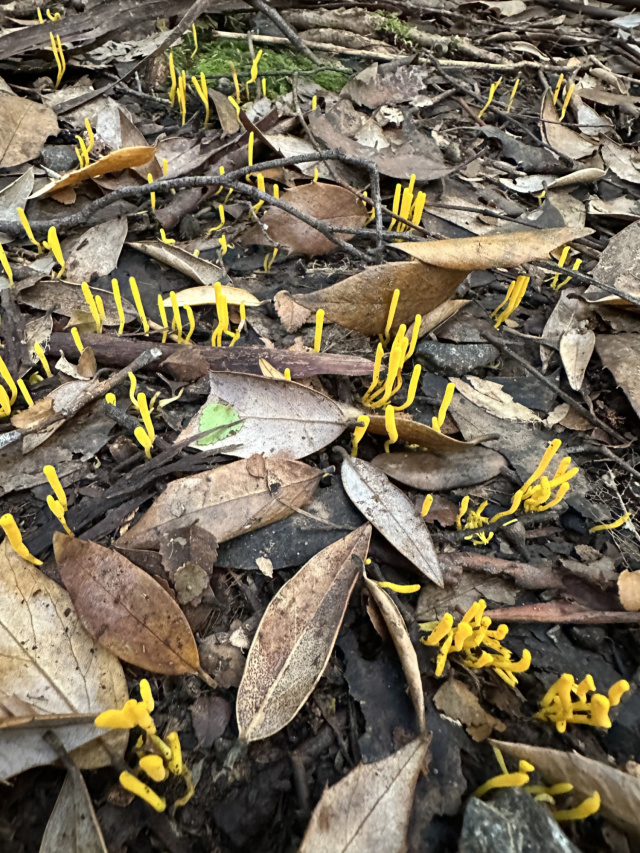
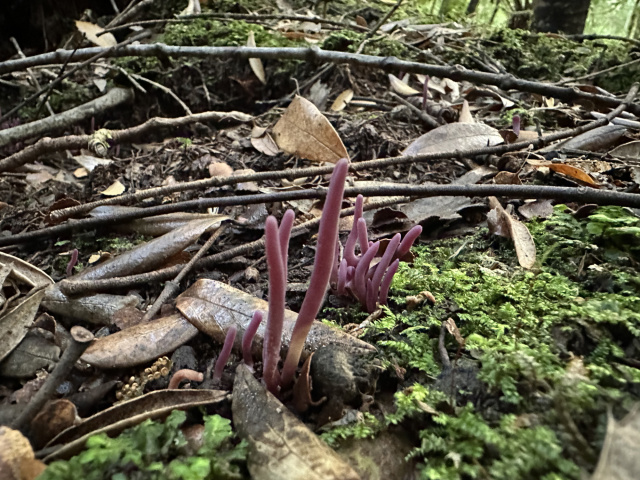
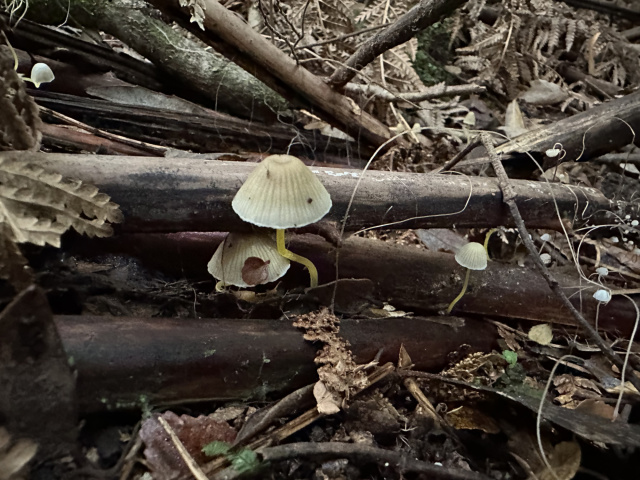


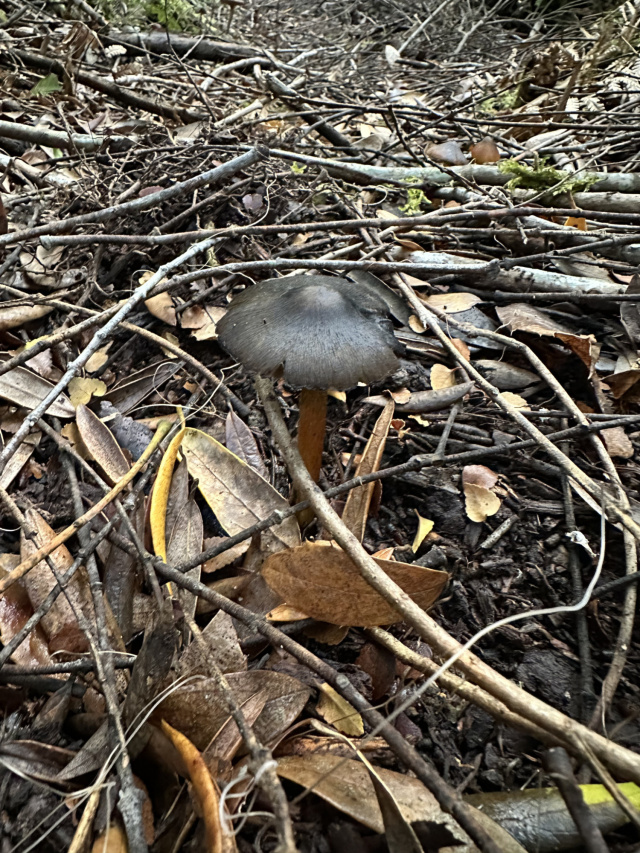
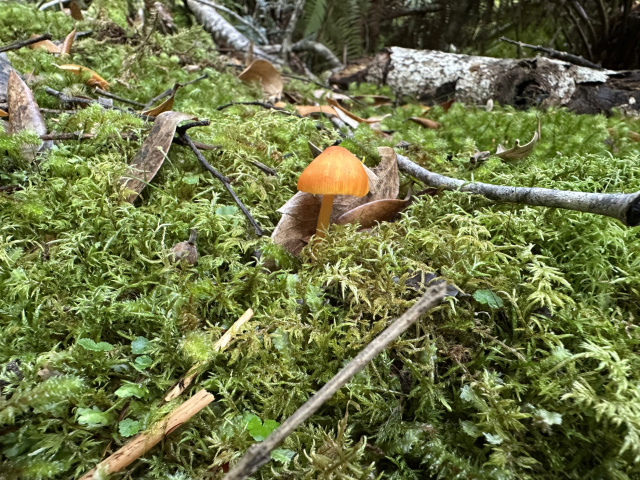
After walking through the rainforest, under these immense trees, sitting by the river, and marvelling at these little pockets of life hidden through the forest floor, we returned home topped up with a splash of colour and joy for the week ahead.
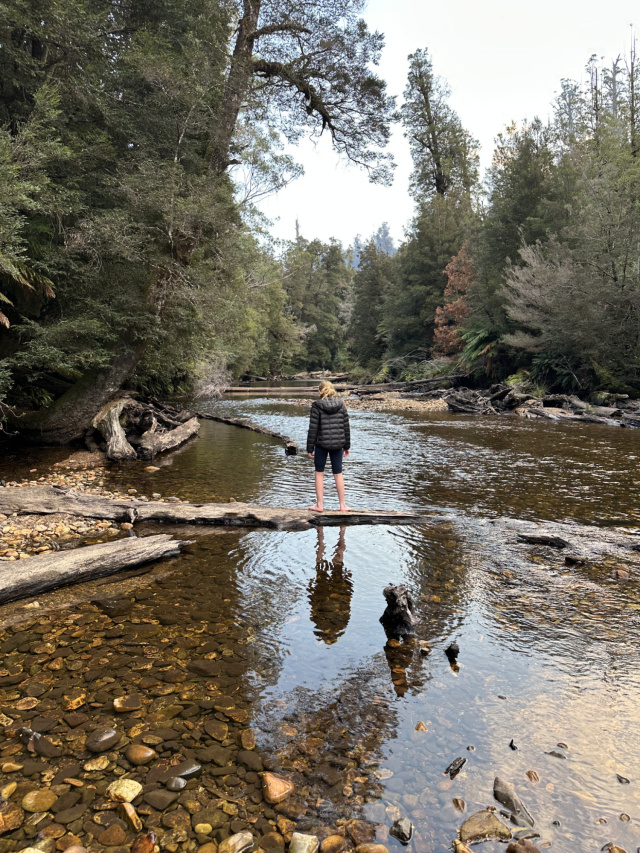
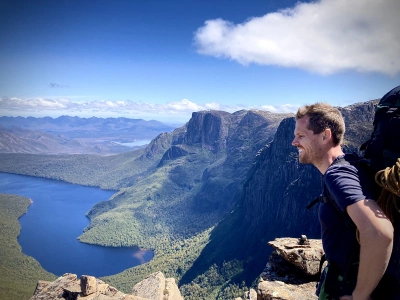
Phill Pullinger
We had a guest from overseas and between them and our kids, the excitement of our Styx valley visit was understandably focussed on the tall trees.
Just over an hour's drive from Hobart, near the town of Maydena, the Styx "Valley of the Giants", is Earth's tallest hardwood forest.
Eucalyptus Regnans - (roughly translated - 'King of the Eucalypts'), are the dominant Eucalypt trees of the Styx forest. These trees can live for over 400 years of age and grow to a stunning 100m in height.
As we reached the grove of giant trees, we were transfixed.
Equal to the Californian Redwoods in their grandeur and scale, they are a mesmerising sight to see rise above the rainforest below.

It was a beautiful little constellation of orange fungi.
We all knelt down to look closely, fascinated by how such a bright flash of colour could arise from the forest floor, as if by magic. The rounded shape of each one seemed perfectly crafted. You half expected a fairy to hop out from underneath them.
The Styx valley is part of the wet moist wild landscape of Western Tasmania, and as such, encompases a rich multi-layered rainforest ecosystem under the towering Eucalypts above.
This includes an amazing diversity of fungi, which in Autumn, burst to life in a dazzling array of colours.

Now not looking up, we wandered through the forest focussed on mossy tree trunks, ferns and the forest floor, to see what other colours or shapes or sizes of fungi we might be able to find.
One by one they slowly revealed themselves.
Yellow, purple, cream, green, black, fluoro orange...







After walking through the rainforest, under these immense trees, sitting by the river, and marvelling at these little pockets of life hidden through the forest floor, we returned home topped up with a splash of colour and joy for the week ahead.

You might like...

How trees talk to each other | Suzanne Simard

The relationship between birds and trees on Bruny

Rainbow Lorikeet feeds chick

Blue Gums and Swifties
Newsletter
Sign up to keep in touch with articles, updates, events or news from Kuno, your platform for nature
